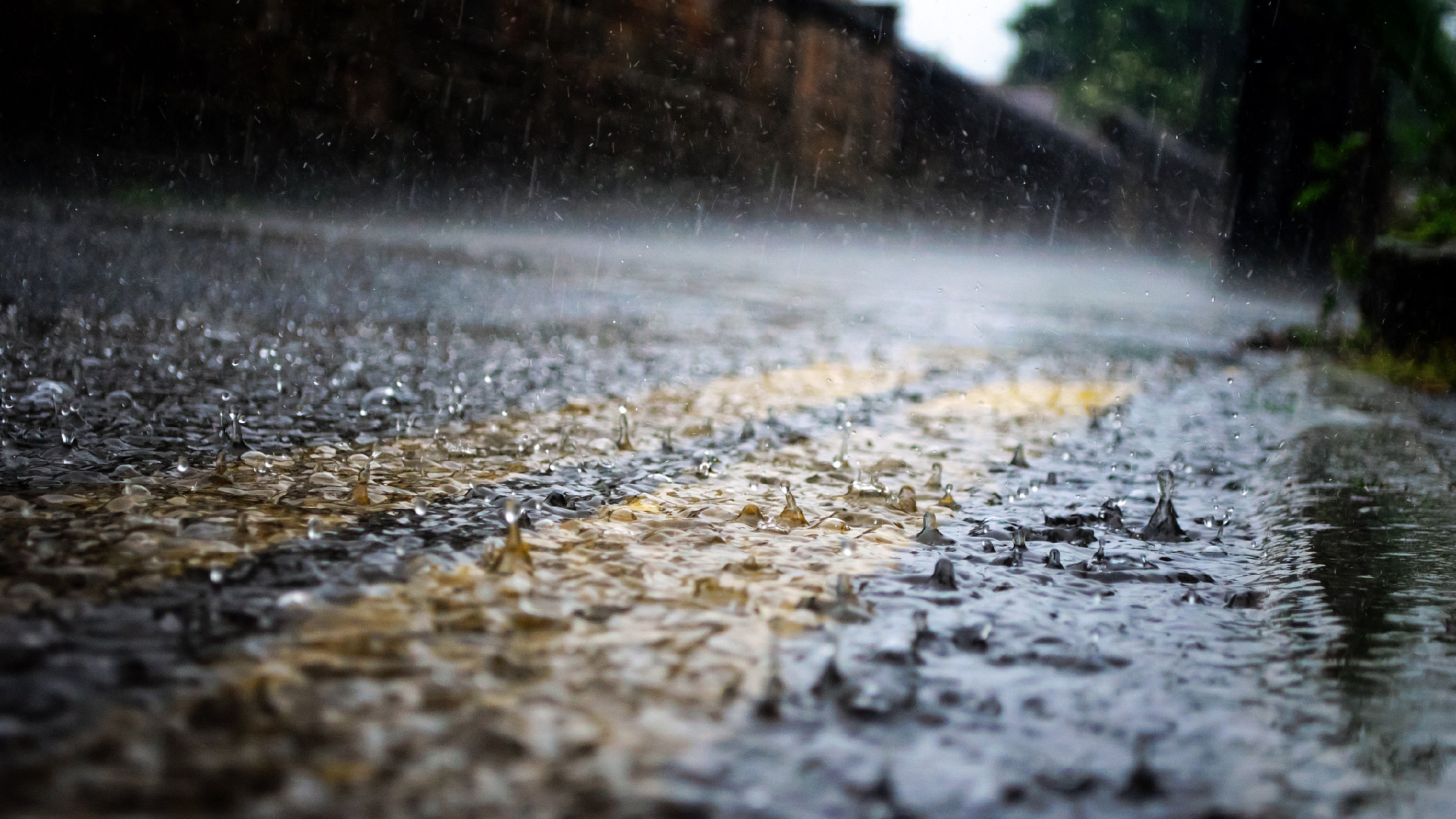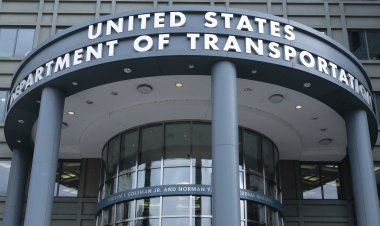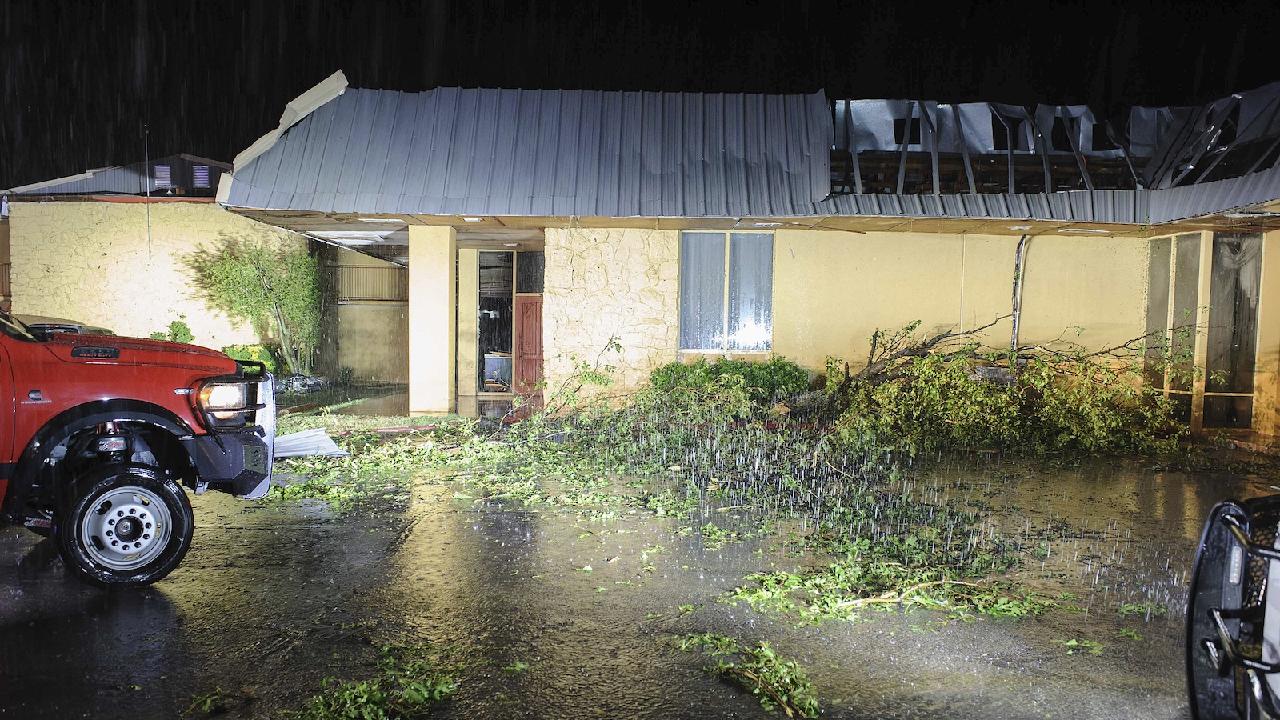Study Reveals Increased Rainfall Variability Due to Human Activity Over Past Century
A recent study has produced evidence indicating that human activities have increased the variability of global rainfall over the last 100 years.

Published on Friday in the journal Science, this research was carried out by scientists from the Institute of Atmospheric Physics (IAP) of the Chinese Academy of Sciences, the University of Chinese Academy of Sciences, and the UK Met Office.
The findings show a systematic rise in rainfall variability since the 1900s, observed from global to regional scales and across daily to intraseasonal timescales.
Rainfall variability describes the irregularity in the timing and volume of rainfall. Greater variability means precipitation is less evenly distributed over time, leading to periods that are either wetter or drier. For instance, some areas might experience a year's worth of rain in a few days, prolonged dry spells followed by heavy rain, or rapid shifts between drought and flooding.
Through an extensive analysis of observational data, the researchers determined that rainfall variability has increased since the 1900s in about 75 percent of the land areas studied, particularly in Europe, Australia, and the eastern part of North America. They also found that daily global rainfall variability has increased by 1.2 percent per decade.
In exploring the causes of this increased rainfall variability, the research team identified anthropogenic greenhouse gas emissions as the primary factor, employing an optimal fingerprinting detection and attribution method.
"The increase in rainfall variability is mainly due to anthropogenic greenhouse gas emissions, which have led to a warmer and more humid atmosphere," said Zhang Wenxia, lead author of the study and associate professor at the IAP.
This implies that even with unchanged atmospheric circulation, the additional moisture in the air results in more intense rainfall events and more severe fluctuations between them, Zhang explained.
Frequent and rapid transitions between climate extremes not only challenge current weather and climate prediction systems but also have cascading effects on human society. These impacts threaten the climate resilience of infrastructure, economic development, ecosystem functionality, and terrestrial carbon sinks, noted Wu Peili, a scientist at the UK Met Office and co-author of the study.
"Immediate adaptation measures are essential to address these challenges," Wu emphasized.
Anna Muller contributed to this report for TROIB News
Discover more Science and Technology news updates in TROIB Sci-Tech












